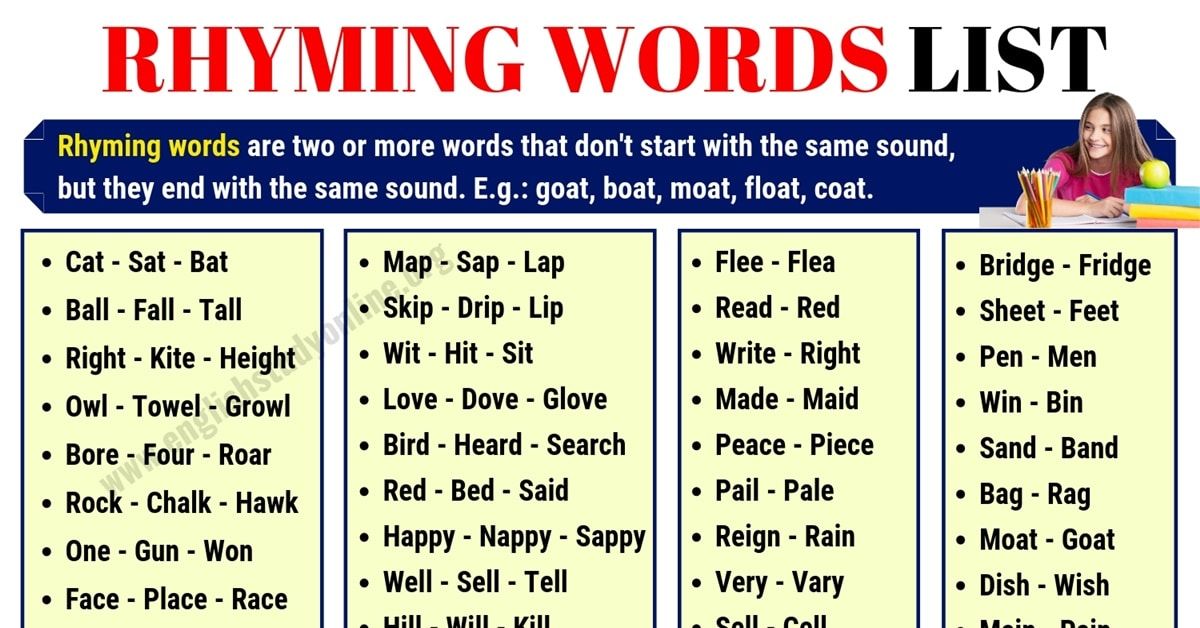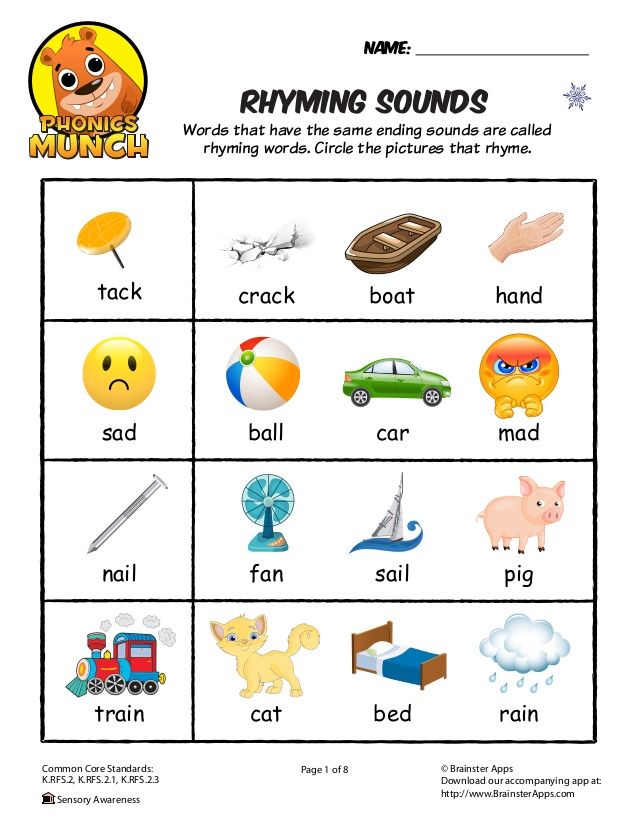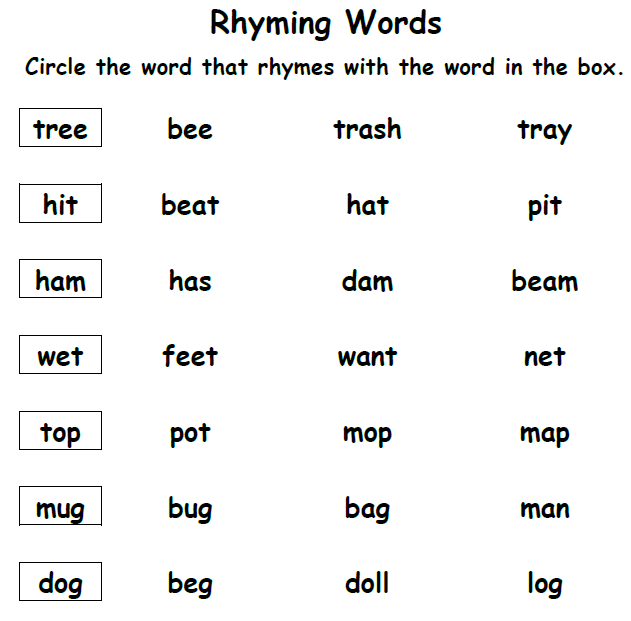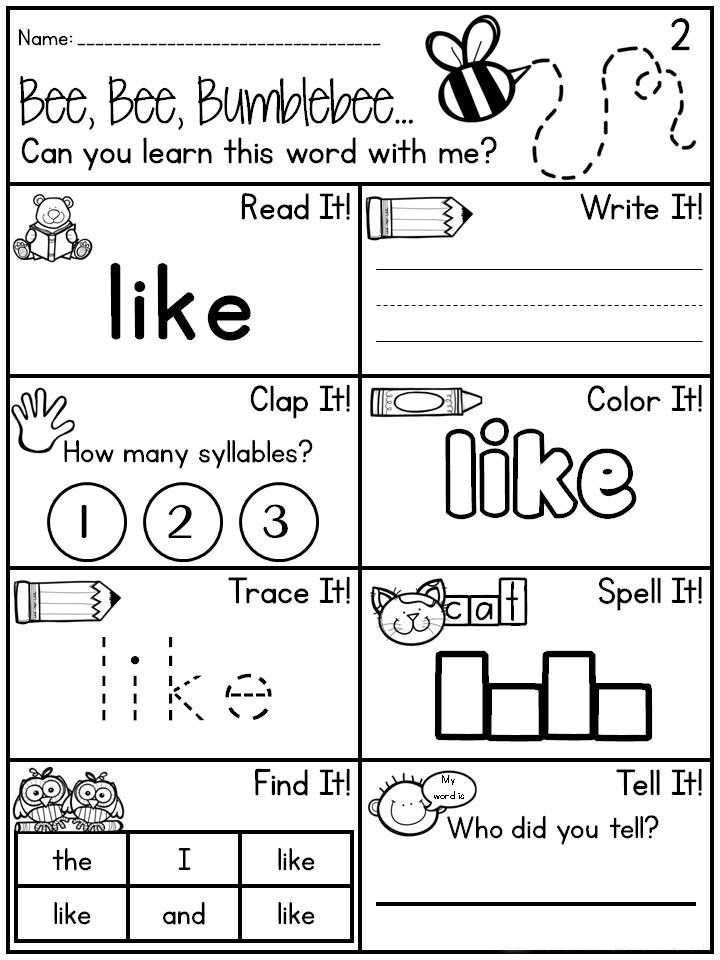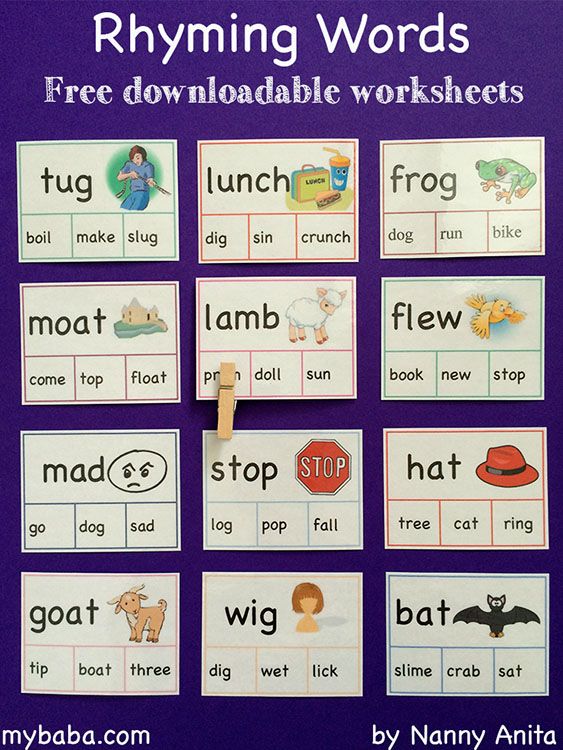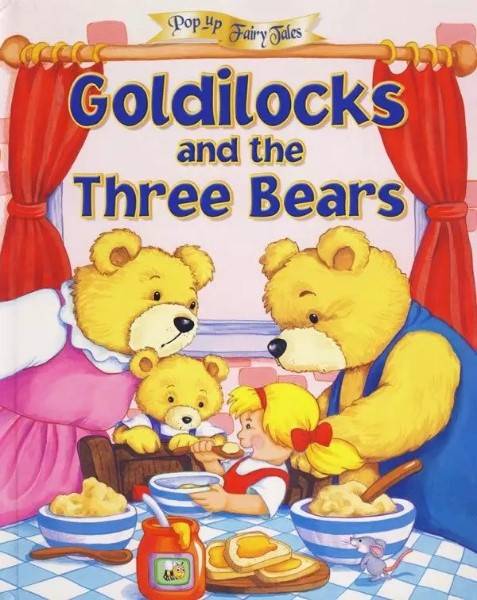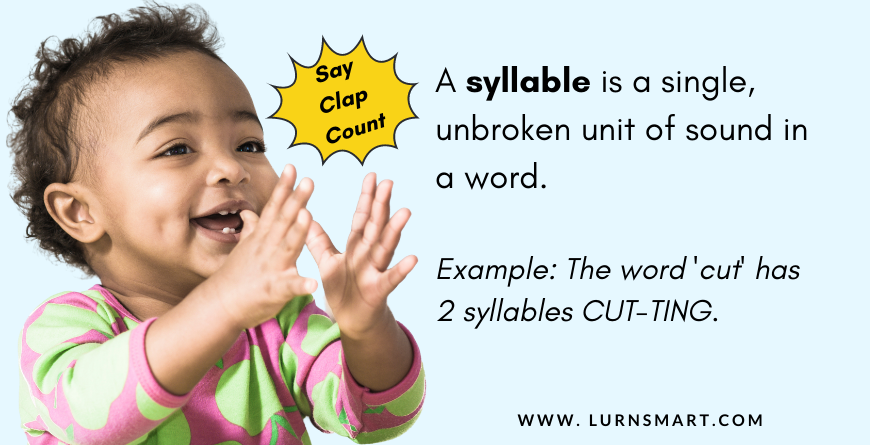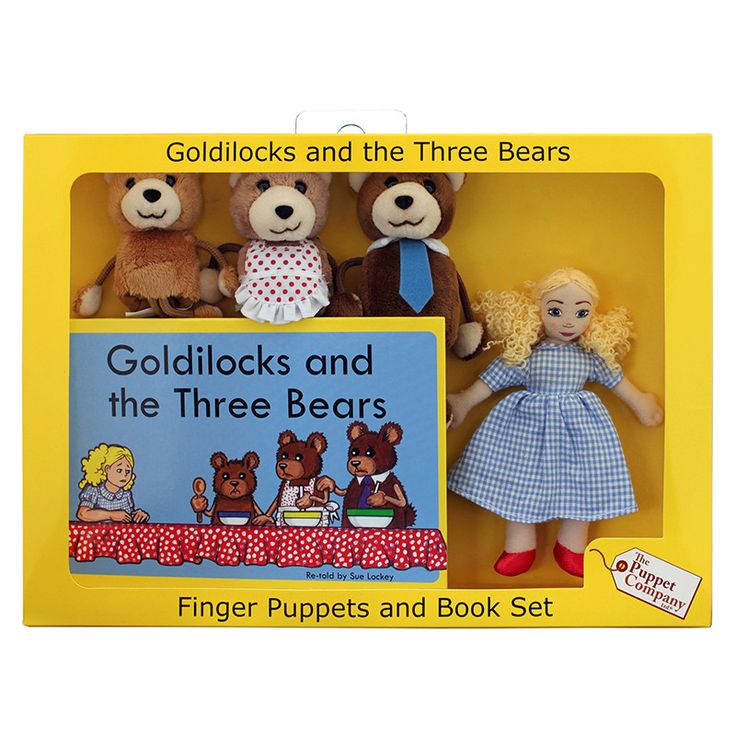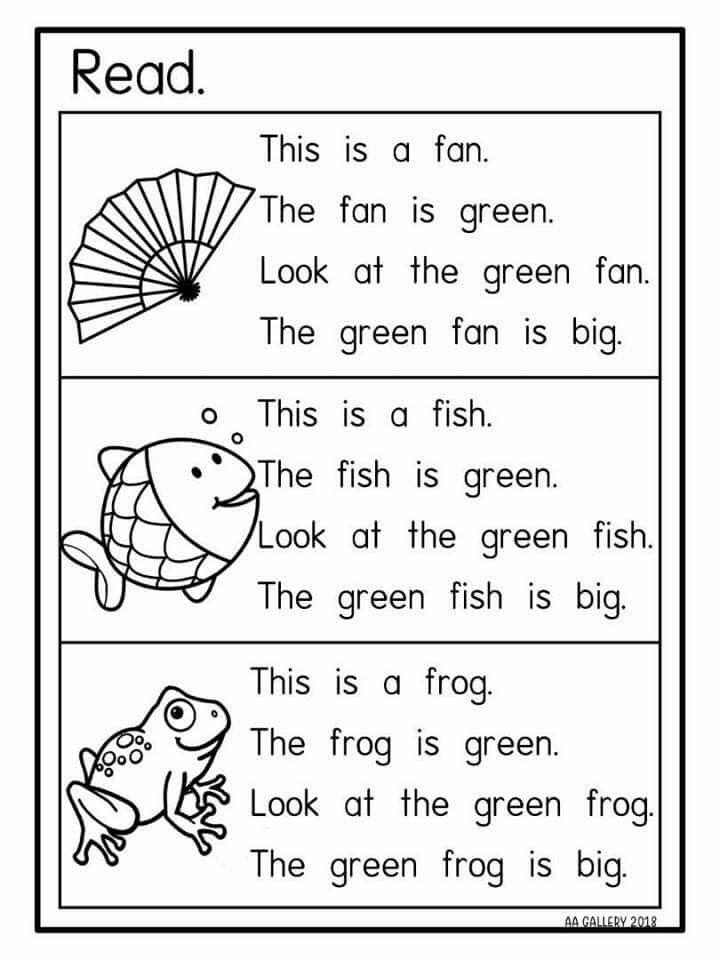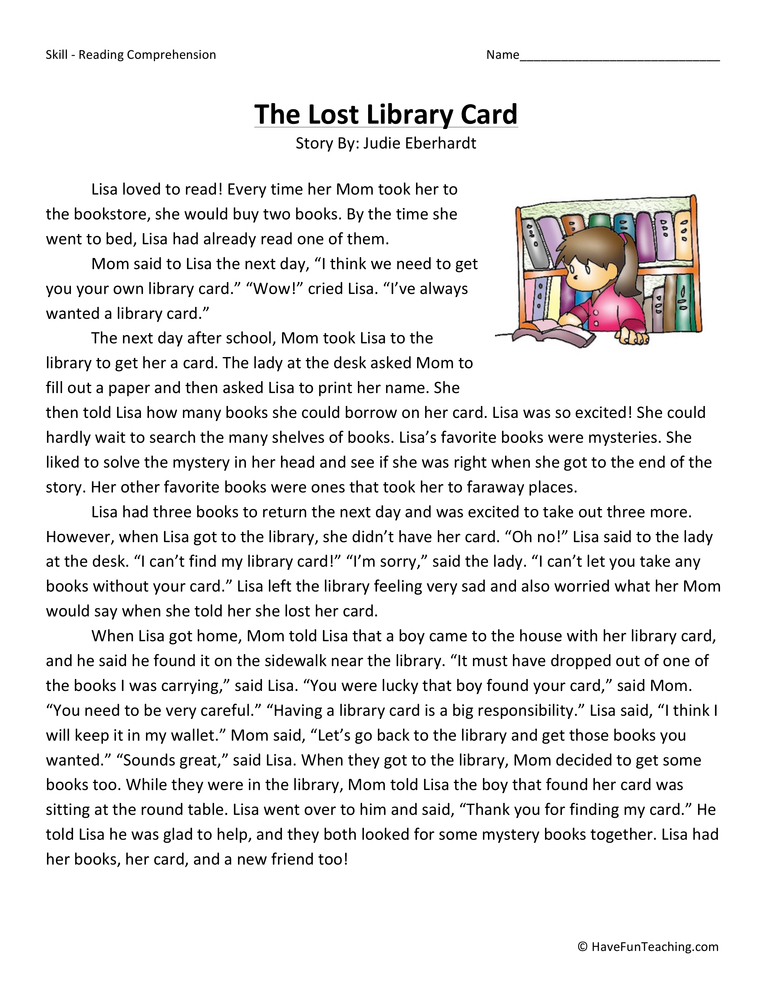What is rhyming words
All About Rhyming Words For Kids, Plus Tips For Rhyming Practice
If you’re interested in some quick and fun ways to teach rhyming words for kids, you’re in the right place. And if you’re not sure how powerful rhyming can be, just think about the impact of Dr. Seuss’s books.
Why does Dr. Seuss continue to dominate children’s literature almost 30 years after his death? There are many reasons why Dr. Seuss’s books stand out from his peers’.
Besides the fact that they are incredibly fun to read, have great rhythm, and teach us all a thing or two about some of life’s lessons, his books are also easy to remember thanks to his use of rhyming.
Although rhymes seem like fun and games, they actually play an important role in language development.
In this article, we’ll explore everything you need to know about how to help your child develop this essential language skill.
Let’s start by defining what rhyming words are.
What Are Rhyming Words?
Rhyming words are words with the same ending sound. For example, “at” and “bat” are rhyming words. But so are “through” and “blue,” even though they end with different spelling patterns.
When working with rhyming words, it’s the sounds that count, not the letters. Take “approve” and “above,” for example. Both end in the letters /o/, /v/, and /e/. However, those three letters aren’t pronounced the same way in both words, so the words don’t rhyme.
Why Does Your Child Need To Learn How To Rhyme?
Before we explore the different ways to teach rhyming words for kids, it’s important to know why you may want to put in all this effort. Why should your child bother learning this skill?
Rhyming benefits children in plenty of ways. Let’s take a look at some right now.
1) Better Information Retention
One of the benefits of rhymes is that they help children (and adults) retain information more quickly and easily.
Children enjoy the feeling of reading deeply familiar stories, and doing so can even allow young readers to memorize parts of a book (or a whole book!).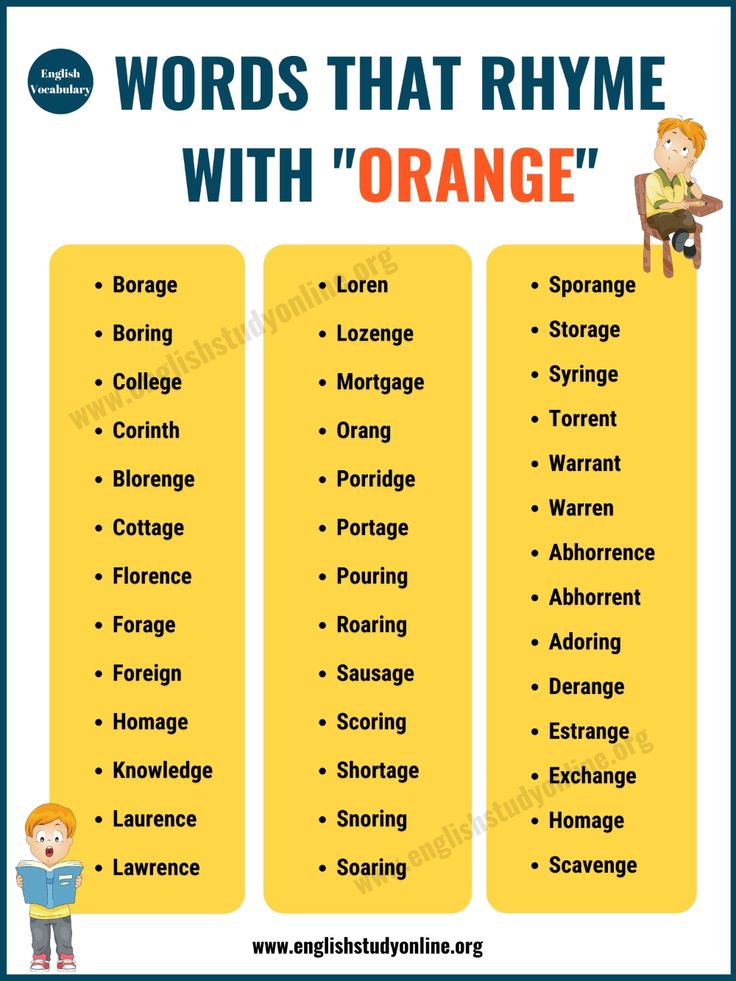
Since these books are full of rhyming words, they’re easier to remember. That’s because rhymes stick in your child’s brain more quickly than other types of spoken language.
As your child hears the words, their mind breaks them down into sounds and makes connections between them. This connection between the words makes them easier to recall in the future.
Because of the impact of rhyme, many adults can still recite poems or songs they learned way back in elementary school.
2) Reading And Writing Benefits
If your child learns how to spell the word “fun,” it’s much easier for them to spell “run” correctly. Rhyming helps them pick up on patterns and word families, which can benefit them as they learn to read and write.
Finding patterns in words can unlock the world of reading for your child. They’ll discover success reading children’s books written in rhyme, which can be a huge confidence booster!
And, as they continue reading, they’ll be able to take what they’ve learned and apply it to non-rhyming words.
3) Phonological Awareness Development
Phonological awareness helps children identify and isolate sounds in words.
For instance, a child with phonological awareness will understand that the “all” sound in “ball” is the same “all” sound in mall, tall, hall, wall, etc.
Rhyming is one of the activities that can help develop this skill.
4) Listening Skills
Kids hear rhymes before they can read them. So, when you play with rhymes together, you help your child learn to listen to the different sounds in a word.
Listening is an essential skill that kids need to practice. As you work with your child on rhyming, they’ll be learning to use their ears to collect all of the information they need.
5) A Fun Way To Play With Language
Learning shouldn’t be boring, especially if you want to capture and hold your child’s attention. So, how do you bring some fun into it?
Rhyming words for kids can be an exciting way to do just that! When rhyming, your child is likely to engage more and, in the process, continue wanting to learn about language.
6) Cultural Literacy
Classic nursery rhymes and classic rhyming songs are a part of our culture.
The more your child is exposed to them, the more comfortable they’ll be when they come across other literature in the future with references to familiar rhymes like “Hickory Dickory Dock” or “The Itsy Bitsy Spider.”
The Three Stages Of Rhyming
Like most language development skills, rhyming takes time to develop. While you’re on this journey, your child will go through the following stages.
1) Hearing Rhymes
Naturally, the first stage of rhyming is repeatedly hearing rhymes. Your child can’t learn this skill if they aren’t exposed to rhymes.
This exposure can be through songs, nursery rhymes, and children’s books. It’s important to point out any rhyming words to your child as you come across them at this stage.
For very young children, chanting rhyming words while clapping or swinging their arms or bouncing rhythmically (blue/shoe…blue/shoe…blue/shoe) can activate rhyming and be fun to do.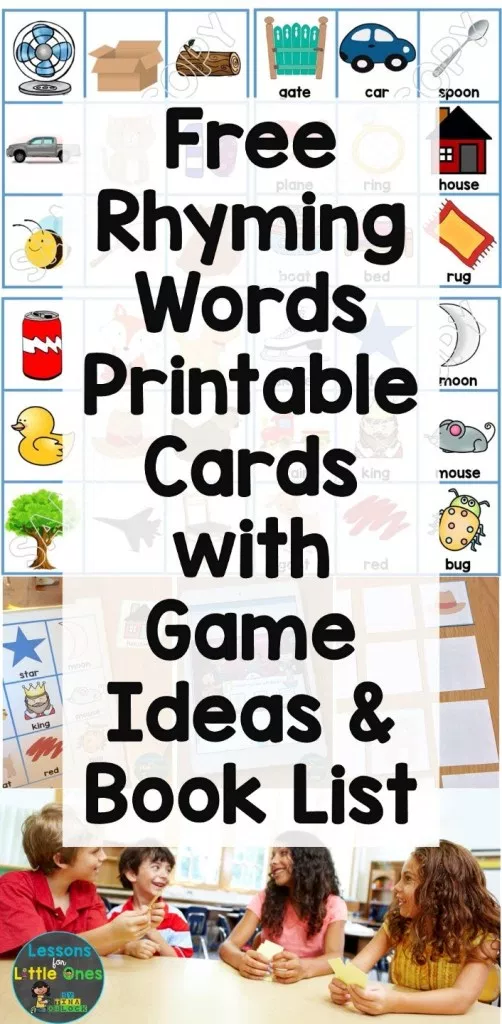
2) Recognizing Rhymes
The more your child is exposed to rhyming words for kids through the songs or the books you read to them, the easier it will be for them to begin recognizing rhymes.
When your child starts pointing out which words rhyme in a song or book, they have reached the stage of rhyme recognition. During this phase, continue singing songs, sharing nursery rhymes, and reading rhyming books.
Once your child indicates that they’ve found a rhyming word, stop reading and let them show you. If they’re right, encourage them by saying, “Yes, those words end in the same sound; they rhyme.” Praise them for listening carefully and finding words that end in the same sound.
If your child makes a mistake, that’s OK! Gently correct them by saying, “I’ll repeat those two words. Listen carefully.” Then, say the two words aloud clearly. Finally, explain why the words don’t rhyme.
3) Creating Rhymes
So, you’ve been singing and reading to your child. You’ve helped expose them to different rhymes, and they have also started to recognize them.
You’ve helped expose them to different rhymes, and they have also started to recognize them.
The next stage is your child creating their own rhymes!
Children love making up nonsense rhyming words (like pickle/smickle), and you might get to see your child’s creativity as they try to use their knowledge and understanding of rhymes to produce their own.
Don’t be surprised if they ask you questions like, “Do you know what rhymes with talk? Walk!” During this phase, your child might also show interest in writing their own books with rhyming words on the pages. Encourage them to let the creative juices flow!
The more your child practices, the better they’ll become at making their own rhymes using rhyming words.
Why Might A Child Have Trouble With Rhyming?
Some kids pick up rhyming quickly and easily. Others require a lot more repetition before they can recognize or create rhymes.
If your child is having some trouble, here are four common culprits.
1) They Haven’t Yet Developed Phonological Awareness
Phonological awareness is an umbrella term that includes the development of segmentation, rhyming, and blending syllables.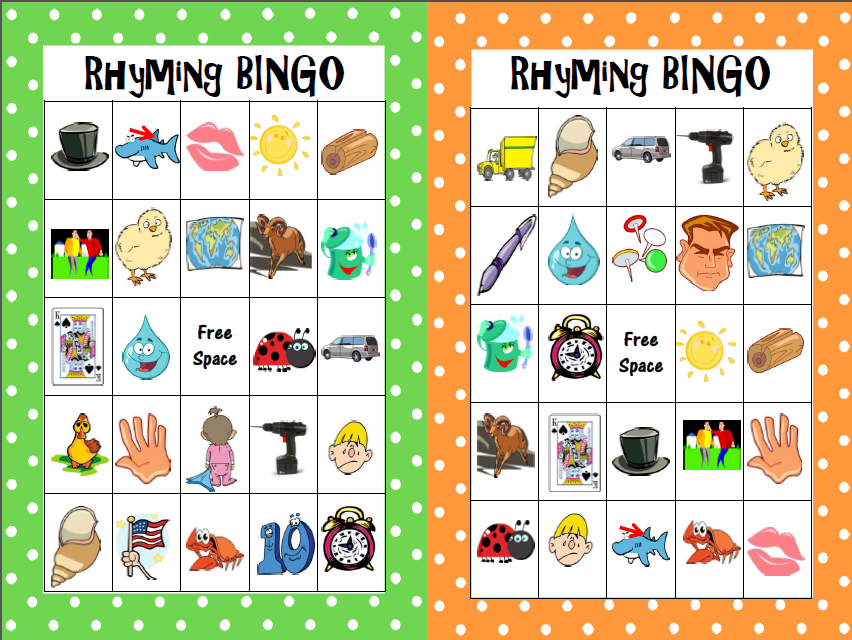
As we mentioned, some kids pick this important skill up easily, while others may need a little more practice to get the hang of it.
If you suspect that your child isn’t ready to rhyme, that’s OK! Slow down a bit, and read plenty of rhyming books together. Talk about the words and point out the sounds the letters make in them.
Using the HOMER Explore Letters Kit is another great way to practice. Build a word with the magnetic letters. Then, create another word that rhymes by swapping out the first letter. Encourage your child to make another word that rhymes with the first two.
As you help them gain confidence with the alphabet and the sounds letters make, you’ll equip your child with the skills they need to rhyme.
2) They Might Be Confused About Which Words Need To Rhyme
In some books, the words that rhyme are at the end of consecutive lines. But sometimes, alternating lines rhyme. And other times, the rhymes are at the beginning of a sentence, not the end.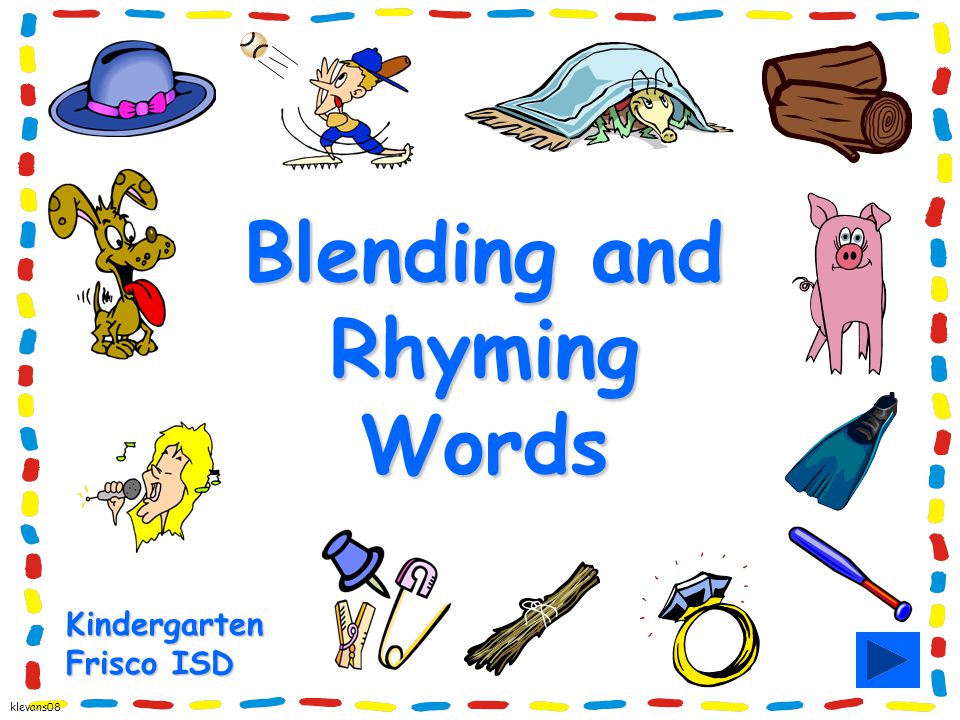
All of this inconsistency in rhyming patterns can be confusing to a child who is trying to learn this skill.
To practice, work together to find rhyming words and see where they are. This can teach your child to look for patterns in words, which can help them become a better reader.
3) They Might Have Trouble Focusing
For any child to learn rhyming words, they need to be able to focus on the activity so they can pick up on the different sounds and rhythmic patterns.
If your child quickly loses interest in the activity you’re doing together, they might not hear you when you highlight that “look” rhymes with “book.”
To help, make sure you’re working on age-appropriate skills. If your child is a young toddler, they might not be developmentally ready for rhyming. Wait a little longer, and then try again.
If your child is ready to rhyme and just loses focus, try a different type of activity. For example, play a rhyming game or read a book they enjoy. Again, doing something that interests them can help hold their attention.
Again, doing something that interests them can help hold their attention.
4) They Confuse Which Part Of The Words Are Supposed To Rhyme
Some kids may get mixed up because they think words that start with the same letter rhyme.
If your child says that moon and milk rhyme, they’re on the right path. They understand that part of the two words needs to match; they’re just confused about which part.
To help your child overcome this, start emphasizing the ends of the words when you point out rhyming words for kids. Instead of saying, “Pig and wig rhyme,” say, “p/IG and w/IG rhyme.”
This pulls the focus to the end of the word. It may take time, but keep practicing, and you’ll help your child master this skill!
Helping Your Child Develop Their Rhyming Skills
The above are some of the common reasons why your child may not have mastered rhyming just yet. But now that you understand the importance of rhyming, how can you help them acquire this skill?
These eight fun rhyming activities can help reinforce the concept for your child.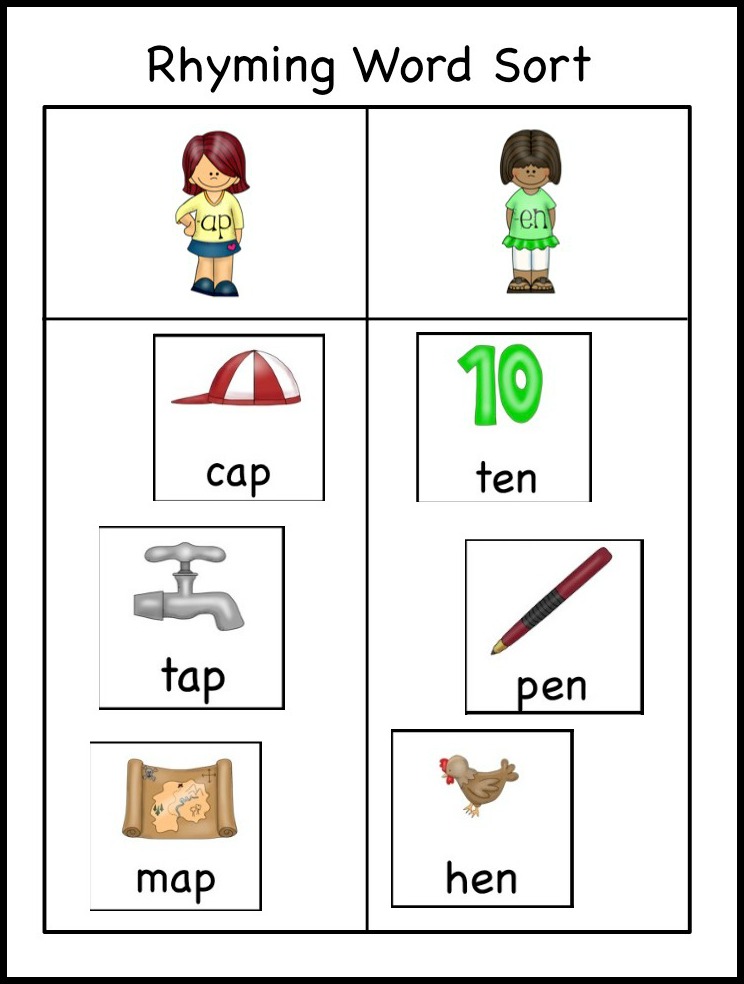
1) Recite Nursery Rhymes
Nursery rhymes are not just for babies! They can actually play an essential role in young children’s language development. That’s because they help kids hear the different syllables and sounds in language.
A fun activity to enhance learning during nursery rhymes is to play fill in the blank. Simply recite a nursery rhyme out loud and leave your child to fill in the last word.
For example, “Humpty Dumpty sat on a wall. Humpty Dumpty had a great…”
The proper ending is the word “fall.” If your child doesn’t get it at first, that’s OK. Repeat the sentence, adding the word they suggested to the end. Then, ask your child, “Does that sound right?”
If not, say it the correct way and point out that “wall” and “fall” rhyme.
It can also be fun for the adult to say what comes next and supply a completely wrong word. Your child will get a kick out of the silly answers you come up with!
2) Sing Songs That Rhyme
Many popular and age-appropriate songs also rhyme.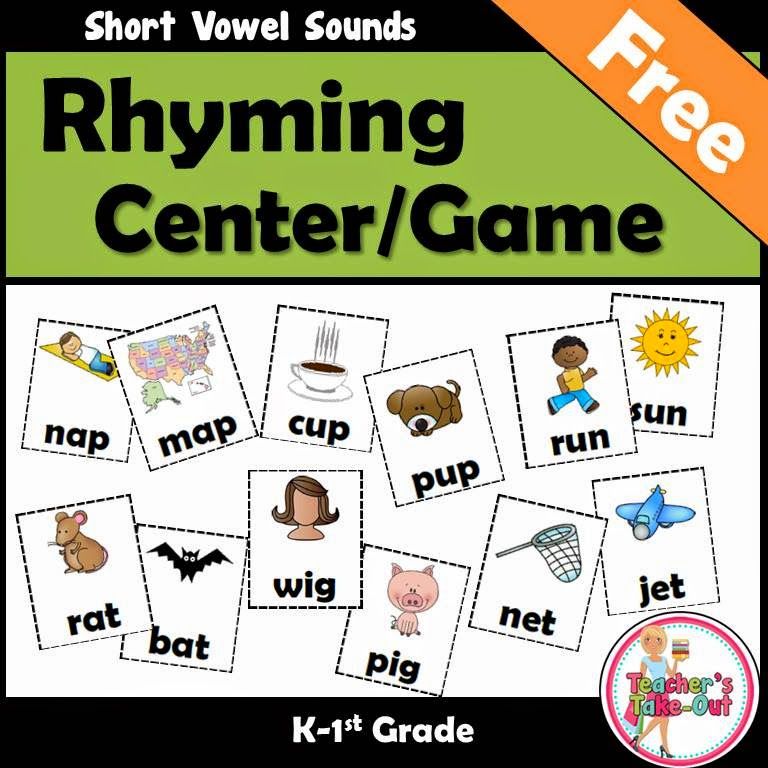 So, why not point out the rhymes when watching TV or listening to music?
So, why not point out the rhymes when watching TV or listening to music?
As we’ve mentioned, the more children are exposed to rhymes in different forms, the easier it will be for them to fully grasp the concept of rhyming. Noticing rhymes in your day-to-day activities is a great way to accomplish that!
There are so many fun, silly songs that rhyme. Here are a few of our favorites:
- Down By the Bay
- I Had a Little Turtle
- 5 Little Monkeys Swinging in a Tree
- On Top of Spaghetti
- If All of the Raindrops
- Do Your Ears Hang Low?
Pick one song at a time to work on, and sing it often — during car rides, while setting the table, or in the bath. This way, your child becomes familiar with the words and the tune.
Once they know the lyrics, pause where a rhyming word goes and ask them to say what comes next. Let them say it, and then keep singing.
When you have one song down, pick another to learn. Each time you sing a rhyming song, you’re helping your child master the skill of rhyming.
3) Read Poetry
Poems are a wonderful way to engage in rhyming words for kids. This is also an opportunity to expose your child to different and diverse literature.
For instance, Lucille Clifton, Nikki Grimes, and Nikki Giovanni are some poets who’ve written incredible poetry for kids.
There are also many children’s books written partially or totally in rhyme, such as the “Llama Llama” books. The idea here is to continue exposing your child to different forms of rhymes.
For a bit of fun, consider hosting a family poetry night. Let everyone pick a favorite poem to share. Then, spend a few weeks memorizing the words. On poetry night, take turns reciting your poems and listening to each other.
Alternatively, you can use this night to read several poems from different poets. That way, your child can hear a variety of poems and listen to the different ways each poet uses the English language.
You may even want to incorporate poetry into your bedtime reading routine, too!
4) Play Rhyming Word Games
There are plenty of ways to help your child learn to rhyme while still having fun!
For instance, you can use the letters in the HOMER Explore Letters Kit to spell out a word ending in -at.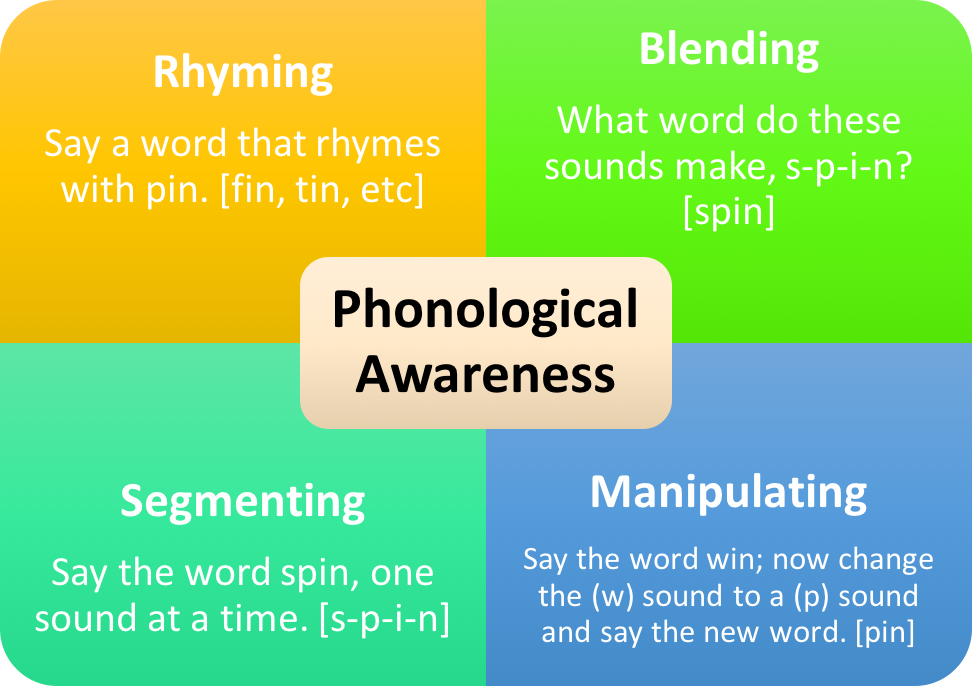 Put the letters “at” on the board.
Put the letters “at” on the board.
Your child now needs to place letters at the beginning to create words that rhyme (cat, hat, bat, mat, etc.). See how many they can come up with for a prize!
You can also play rhyming games when you’re out and about. Pick a word and say it aloud. Ask your child if they can think of a word that rhymes with it. Then, add your own word that rhymes.
Continue playing, alternating who speaks, until no one can think of another rhyming word. Have your child pick a new word and begin again!
5) Rhyme With Pictures
Images can help summarize chunks of information into smaller and easier to process content. You can take advantage of this by using picture books.
Pictures of a hat, cat, or mat may not expose learners to how these words are written, but it allows them to start learning the basic concept that rhyming words sound similar.
You can also create custom picture cards with a pack of index cards. Draw a simple, easily recognizable object on each card. Here are some words to use for your pictures:
Here are some words to use for your pictures:
- Moon
- Spoon
- Bear
- Chair
- Cat
- Hat
- Ring
- Swing
- Dog
- Log
Once you have your cards made, you can use them in various ways. For example, you might spread them out upside down and play Memory with your child. Take turns flipping two cards at a time. Say the two words aloud. If they rhyme, keep them. If not, flip them back over.
You can also hide one word from each matching pair around the room. Hand your child one of the other ones and say, “Can you find a card with a picture of something that rhymes with ‘ring?’” Then let them search around the room to find the right card.
6) Act It Out
Instead of just reading or singing a rhyme, acting it out can help a child not only remember the rhymes but also have fun in the process!
Whether you’re acting it out, singing, reading, or using picture books, the more you expose your child to rhymes, the quicker they’ll grasp the concept.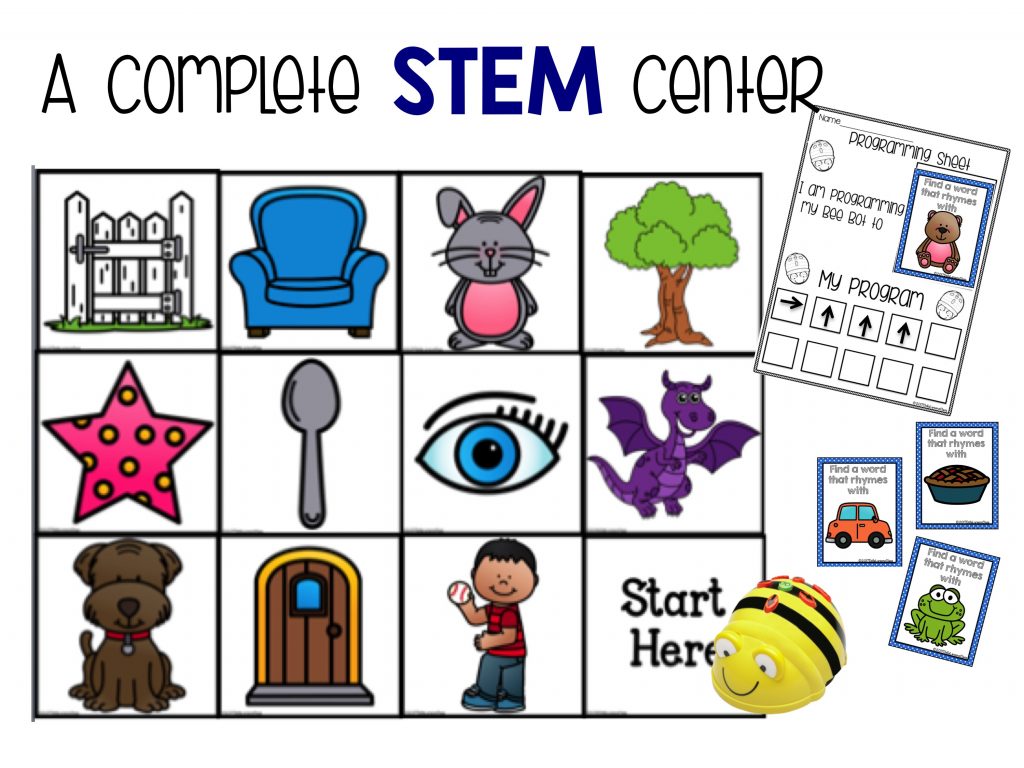
7) Rhyme Nonsense Words
Nonsense words are words that aren’t actual words. For example, the word “thirp” is a nonsense word.
Teachers often use nonsense words to help students learn specific skills, including the developing the power of the hour: rhyming.
Say a nonsense word and ask your child to think of a real word that rhymes. Here are a few words you can try:
- Vlat
- Trun
- Splew
- Ploon
To make it even more fun, pretend to be a robot or an alien. Then, ask your child to help you translate your language into English by coming up with a rhyming word.
8) Make A Rhyming Basket
Look around your house for items that rhyme, and put them in a large basket or box for your child to use. They can sort objects, create a story with the rhyming words, draw them, or use their imagination to interact with the rhyming words in a new way.
Here are a few ideas of common objects that rhyme:
- Sock, block
- Pan, can
- Jar, car (a toy one, of course!)
Have your child brainstorm more items that rhyme to put in the basket. Since these things will get played with, make sure the items are kid-friendly and safe.
Since these things will get played with, make sure the items are kid-friendly and safe.
Books With Rhyming Words For Kids
We’ve already mentioned a few authors who have created some incredible children’s books that rhyme. Here are a few other popular options that your little one can also enjoy:
- There’s A Wocket In My Pocket!
- Here’s A Little Poem
- Llama Llama Red Pajama
- Madeline
- Rhyme Crime
- Baby Boo, I Love You
- I See The Moon: Rhymes For Bedtime
- Giggly Wiggly: Playtime Rhymes
It’s Time To Rhyme With Rhyming Words For Kids!
Rhyming words for kids are a fun and creative way to lay a solid foundation for literacy.
So, remember to continue reading children’s literature and singing all the fun nursery rhymes you can think of. As your child gets more comfortable with the rules, don’t be surprised when they start creating their own unique rhymes!
To help your young learner develop other important skills, you can also check out Homer’s Learn & Grow App, which helps kids develop their reading, creativity, thinking skills, and so much more.
Author
Examples of Rhyme and Its Many Types
A rhyme occurs when two or more words have similar sounds. Typically, this happens at the end of the words, but this isn't always the case. Review several of the many types of rhymes along with rhyme examples for each type.
rhyme example using dactyl meter
Advertisement
Different Types of Rhymes
Poetry is a beautiful form of expression. Just as there are numerous kinds of poetry, there are also many types of rhymes.
Assonance in Rhyme
Assonance involves using repeated vowel sounds in words that are close to each other. It is sometimes referred to as a slant rhyme. There are many examples of assonance in poetry. This technique is also common in literature and prose. The following word combinations illustrate assonance.
- tip, slip and limp
- that, spat and bat
- bow, no and home
Consonance in Rhyme
Consonance involves repeating consonant sounds in words that are close together.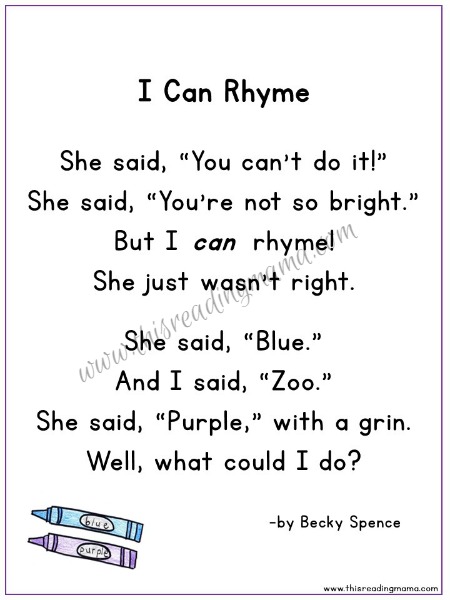 There are many examples of consonance, including:
There are many examples of consonance, including:
- dump, dame and damp
- meter, miter and metric
- mile, mole and meal
Dactyl Meter
Dactyl meter is a rhyming pattern in which the first syllable is stressed and followed by two unstressed syllables. Words of at least three syllables can be dactylic on their own. Lines of poetry with shorter words can be dactylic as well. What matters is that the pattern of stressed syllable, unstressed syllable, unstressed syllable is followed.
- cacophonies (single word)
- hickory, dickory, dock (line of a poem)
Eye Rhyme
Eye rhyme is based on spelling and not sound.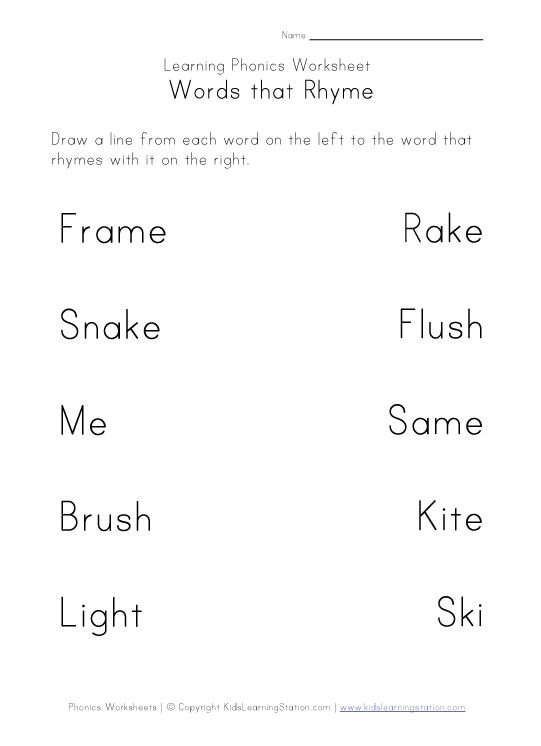 It refers to words with similar spellings that look as if they would rhyme when spoken, yet are not pronounced in a way that actually rhymes. Example of eye rhyme word pairs include:
It refers to words with similar spellings that look as if they would rhyme when spoken, yet are not pronounced in a way that actually rhymes. Example of eye rhyme word pairs include:
- move and love
- cough and bough
- food and good
- death and wreath
Feminine Rhyme
Feminine rhyme occurs when a word has two or more syllables that rhyme with each other. This type of rhyme is also referred to as double, triple, multiple, extra-syllable, or extended rhyme. Examples of feminine rhyme word pairs include:
- backing and hacking
- tricky and picky
- moaning and groaning
- generate and venerate.
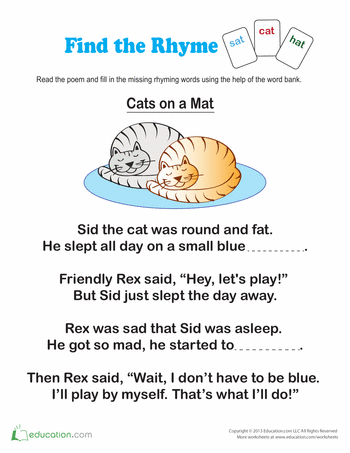
Head Rhyme
Also called alliteration or initial rhyme, head rhyme has the same initial consonant at the beginning of the words. There are many examples of alliteration in poems. Head rhyme is also common in literature. Word pairs that illustrate head rhyme include:
- blue and blow
- sun and sand
- merry and monkey
Advertisement
Identical Rhyme
Identical rhyme is rhyming a word with itself by using the exact same word in the rhyming position. In some cases, the repeated word refers to a different meaning. For example:
- day by day, until the break of day
- I'll find my way, come what may / There must be a better way / No barriers do I see in the way
Another example is the way the word ground is used in Emily Dickinson's "Because I Could not Stop for Death.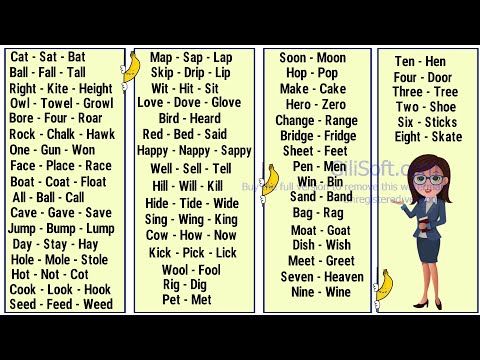 "
"
"We paused before a House that seemed
A Swelling of the Ground —
The Roof was scarcely visible —
The Cornice — in the Ground."
Internal Rhyme
With internal rhyme, rhyming occurs within lines of poetry. Sometimes the rhyming happens within a single line of poetry, but not always.
- Every day I say I wonder, if I may
- What could have been if only I were let in
- A new outcome perhaps, at least for some
- "Once upon a midnight dreary, while I pondered, weak and weary" (from "The Raven," by Edgar Allen Poe)
Light Rhyme
With light rhyme, one syllable is stressed and another is not. Examples include:
- frog and dialog
- mat and combat
Macaronic Rhyme
Macaronic rhyme is a technique that rhymes words from different languages.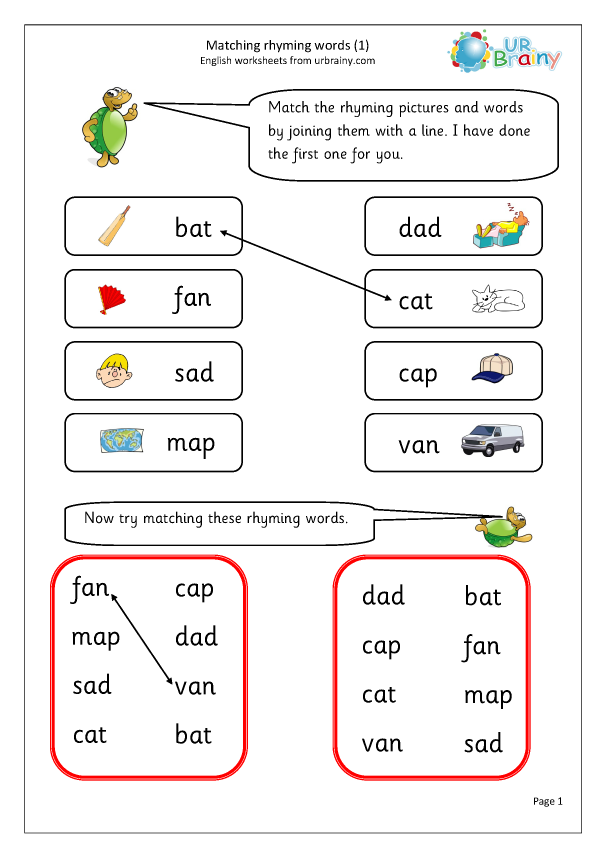 Below, English words are on the left and words from other languages that rhyme with them are on the right.
Below, English words are on the left and words from other languages that rhyme with them are on the right.
- favor and amor
- sure and kreatur
- lay and lei
- guitar and sitar
Masculine Rhyme
With masculine rhyme, the rhyme is based on a single stressed syllable in both words. Examples that illustrate masculine rhyme include:
- support and report
- dime and sublime
- divulge and bulge
Advertisement
Near Rhyme
Near rhyme goes by several different names. This type of rhyme is also referred to as half, approximate, off, oblique, semi, or slant rhyme. It rhymes the final consonants of words, but not the vowels or initial consonants. Because the sounds do not exactly match, this type of rhyme is considered an imperfect rhyme.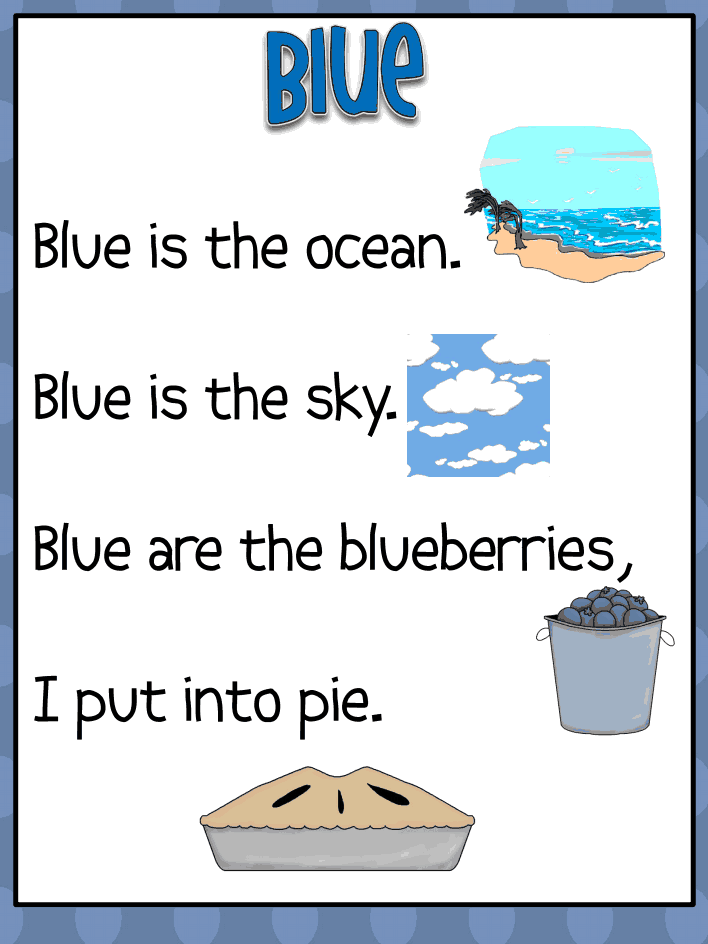 Examples include:
Examples include:
- blueprint and abhorrent
- quick and back
- fun and mean
- climb and thumb
Perfect Rhyme
Sometimes called exact, full or true, a perfect rhyme is the typical rhyme where the ending sounds match exactly. Examples include:
- cat and hat
- egg and beg
- ink and pink
- boo and true
- soap and hope
Rich Rhyme
Rich rhymes involve words that are pronounced the same but are not spelled alike and have different meanings. In other words, rich rhymes feature terms that are homonyms. Examples include:
- raise and raze
- break and brake
- vary and very
- lessen and lesson
Scarce Rhyme
Scarce rhyme is a type of imperfect rhyme used for words that have very few other words that rhyme with them. For example, not a lot of words sound like different.
For example, not a lot of words sound like different.
- wisp rhymed with lips
- motionless with oceanless
Syllabic Rhyme
Syllabic rhyme involves rhyming the last syllable of words. It is also called tail rhyme or end rhyme.
- sliver and cleaver
- litter and latter
Wrenched Rhyme
Wrenched rhyme is an imperfect rhyme pattern. It rhymes a stressed with an unstressed syllable.
- caring and wing
- lady and a bee
Using Rhyme Schemes in Verse
The different types of rhymes can be used in all types of poems and prose. Many include more than one type. Be on the lookout for different rhyme scheme examples in poems.
- Alternating rhyme features an ABAB pattern. It is also referred to as crossed rhyme or interlocking rhyme.
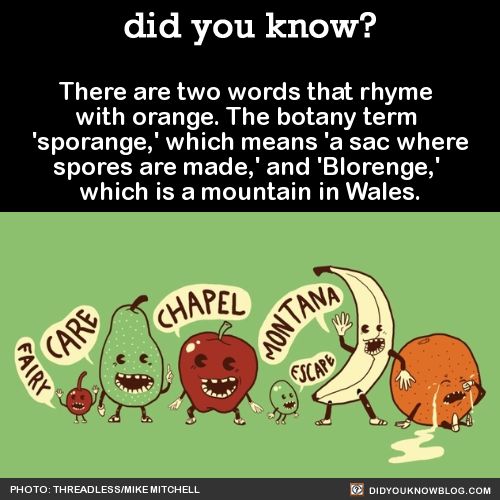
- Intermittent rhyme is a pattern in which every other line rhymes.
- Envelope rhyme or inserted rhyme has an ABBA rhyming pattern.
- Irregular rhyme does not have a fixed pattern to the rhyming. This is common in free verse poetry.
- Sporadic rhyme or occasional rhyme has an unpredictable pattern with mostly unrhymed lines.
- Thorn rhyme features a line that does not rhyme in a passage that would be expected to rhyme based on the pattern of the poem.
Advertisement
Staff Writer
Meaning, Definition, Suggestions . What is a rhyming word
- Online translator
- Grammar
- Video lessons
- Textbooks
- Vocabulary
- Professionals
- English for tourists
- Abstracts
- Tests
- Dialogues
- English dictionaries
- Articles
- Biographies
- Feedback
- About project
Examples
Meaning of the word "TO RHYME"
The same as to rhyme (in 1 meaning).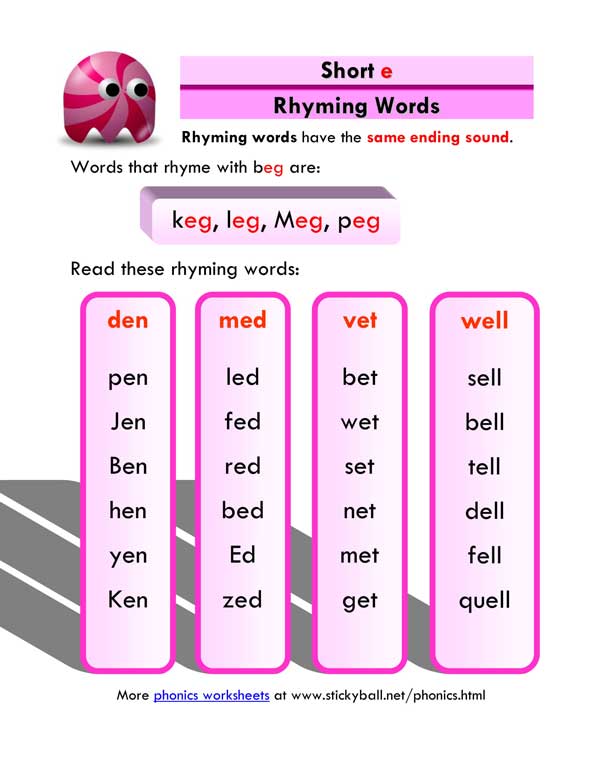
See all meanings of the word rhyme
The meaning of the word «WORD»
A unit of speech used to express a separate concept.
See all meanings of WORD
Sentences with "rhyming word"
| Other results | |
|
| |
| Your ability to draw eyes, or how many words do you know that rhyme with sadness in emo songs? | |
| "I'm not offended," Paint commented on the announcement. “I will keep this iron mumbler of rhyming words company and diligently guard your gun, saber and shield. | |
| The use of rhyming words can make aphorisms more truthful and memorable by using the effect of rhyme as cause and mnemonic of the ode. | |
| Emceeing is rhythmic rhyming and wordplay, first without accompaniment, then with rhythm. | |
| Eventually, this introductory role developed into longer sessions of spoken, rhythmic wordplay and rhyming that became rap. | |
| The group is known for its colorful imagery, complex wordplay and complex rhyme schemes. | |
| Other elements indicative of Wulfstan's style include word or sentence parallelism, alliteration, and rhyme. | |
| I don't see any pictures in the rhyme, so how can he use pictures to represent words? | |
| After all, magic is when words suddenly form rhymes, and poems are obtained. | |
| Texas, KAMAZ... these words rhyme. | |
| Ff, these words don't rhyme. | |
| Just think, you can strum the guitar and rhyme words. | |
| I thought the words of that rhymer would put you at ease. | |
| When the Texan was brought into the room, Yossarian was busy erasing rhyming words from his letters. | |
| Escape words that rhyme with words in the final stop must be reconstructed with final clusters *-ks, *-ts or *-ps. | |
| The use of the word nutmeg for foot in cockney rhyming slang has also been put forward as an explanation. | |
| When words did rhyme, VP was more likely to say they rhymed, especially if the words also looked like they should rhyme. | |
| In addition, some words do not rhyme perfectly in English, requiring the use of oblique rhymes. | |
| Crumbo is a rhyming game that, according to Joseph Strutt, was played back in the 14th century under the name Aristotle's ABC. | |
| When rhyme surprises and expands fixed relationships between words, that itself protests against necessity. | |
| Homophones, being words with different meanings but the same pronunciation, are an example of the same rhyme. | |
| English actor and linguist John Walker used the spelling ar to denote the long vowel aunt in his 1775 rhyming dictionary. | |
| The earliest entry of naip is from a Catalan rhyming dictionary by Jaume March II in 1371, but without any context or definition. | |
| The use of the term MC when referring to rhyming vocabulary comes from dance halls in Jamaica. | |
| Crumbo in the nineteenth century evolved into a word game in which one player made up a word and told the others what it rhymed with. | |
| You know, my mom used to call you and me Jay-Z and Byonsae. 'cause I move pretty and you rhyme dirty words. | |
| Charmolue hesitated for a minute, like a poet looking for a rhyme for his verse. | |
| This cockney dialect word rhymes slang and tends to raise eyebrows when used outside of this context. | |
| Class mottos usually have verbiage that rhymes with or is phonetically similar to their class of the year. | |
This page contains the definition (meaning) of the phrase / expression "rhyming word", as well as synonyms, antonyms and sentences, if they are available in our database. We strive to make the English-Grammar.Biz explanatory dictionary, including the interpretation of the phrase / expression "rhyming word", as correct and informative as possible. If you have suggestions or comments about the correctness of the definition of "rhyming word", please write to us in the "Feedback" section.
We strive to make the English-Grammar.Biz explanatory dictionary, including the interpretation of the phrase / expression "rhyming word", as correct and informative as possible. If you have suggestions or comments about the correctness of the definition of "rhyming word", please write to us in the "Feedback" section.
Choosing a rhyme for the word
Rifma-rifma.ru is a large free dictionary of Russian rhymes.
Find out rhymes for a word by letter:
BUT B AT G D E Yo AND W And Y To L M H O P R FROM T At F X C H W SCH S E YU I
Rhymes in syllabo-tonic versification
It is widely believed that creating a poem is easy: just choose rhymes. This is one of the most ignorant misconceptions, since the poet's toolkit consists not only of rhyme, but of poetic meter, sound writing, figures of speech and tropes, not to mention the methods of constructing the plot of a poem and other syntactic phenomena (for example, caesura).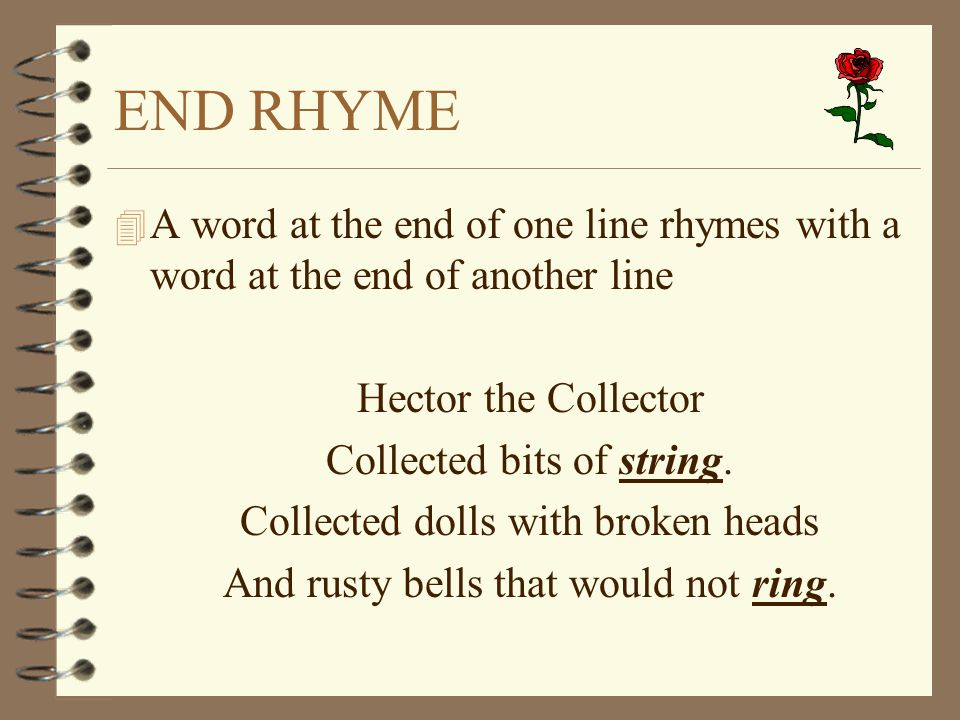
You should immediately pay attention: rhyme, as well as the size, is not an obligatory element of a poetic text, which is exemplified by blank verses and free verse. Nevertheless, it is especially characteristic for Russian folklore, where it has been used and is used to this day in the form, as a rule, of verbal consonances: came - found. It was the folklore origin of the Russian-language rhyme that determined its further distribution in the poetic work of our compatriots.
It should also be noted that rhyme is primarily inherent in poetic works, which include even rhymed advertising slogans and texts of such popular rap artists. Now it is precisely in poetry that it has become fixed almost as an inevitable element of verse. Previously, consonances were used even in political and scientific tracts - to bring enthusiasm to the style and highlight especially important parts of the text.
What is called rhyme
Rhyme is used to denote consonance in words; usually at the end of a word.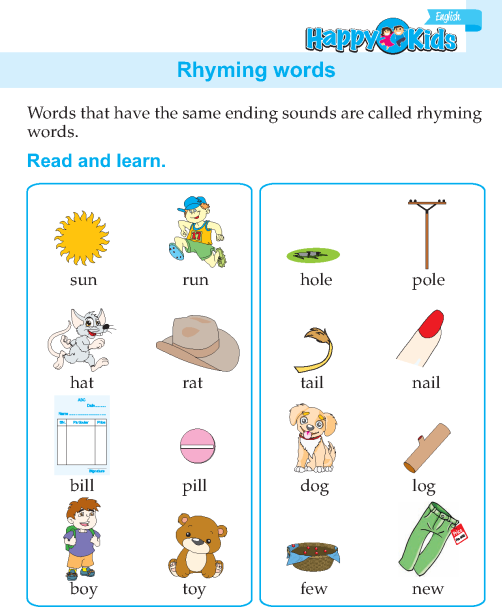 A classic example of rhyme, which is common in the minds of ordinary people, is a clause - the last stressed syllable in a line, followed by all unstressed syllables and consonants. For example: customize - bark ; here the stress in both words falls on the penultimate syllable, so the rhyme will be in clause -yaem - -ayem.
A classic example of rhyme, which is common in the minds of ordinary people, is a clause - the last stressed syllable in a line, followed by all unstressed syllables and consonants. For example: customize - bark ; here the stress in both words falls on the penultimate syllable, so the rhyme will be in clause -yaem - -ayem.
So, rhyme is consonance. But does it have to be at the end of a verse (a verse, roughly speaking, is one line of a poem)? And can a pair of mute - yoke and (Brodsky) be considered a rhyme? It will be possible to talk about this after delving into the nature of consonance, but first you need to familiarize yourself with its basics.
Basic types of rhyme
The principal classification of clauses in versification is made according to the place where they are stressed:
- Male rhyme. The emphasis falls on the very last syllable in the verse: socks - sands.
- Women's rhyme.
 The emphasis is placed on the penultimate syllable of the clause: important - twice . In the 18th century, when Russian versification was born and underwent rapid development, it was believed that it was female rhyme that could express all the beauty of the Russian language. Already 19The th century completely refuted this assertion, and the modernists left no basis for it at all.
The emphasis is placed on the penultimate syllable of the clause: important - twice . In the 18th century, when Russian versification was born and underwent rapid development, it was believed that it was female rhyme that could express all the beauty of the Russian language. Already 19The th century completely refuted this assertion, and the modernists left no basis for it at all. - Dactylic rhyme. Here, the intonational accent is on the third syllable from the end of the clause: cash - excellent for them (this is a compound clause - a complicated version of an ordinary one; more on that below).
- Hyperdactylic. The stress, respectively, falls on the fourth syllable from the end. This clause is very rarely used in poetry, since such words are not only difficult for the author to choose for the poem, but also difficult for the reader to pronounce. They are presented in a relatively large number in the poetry of V.
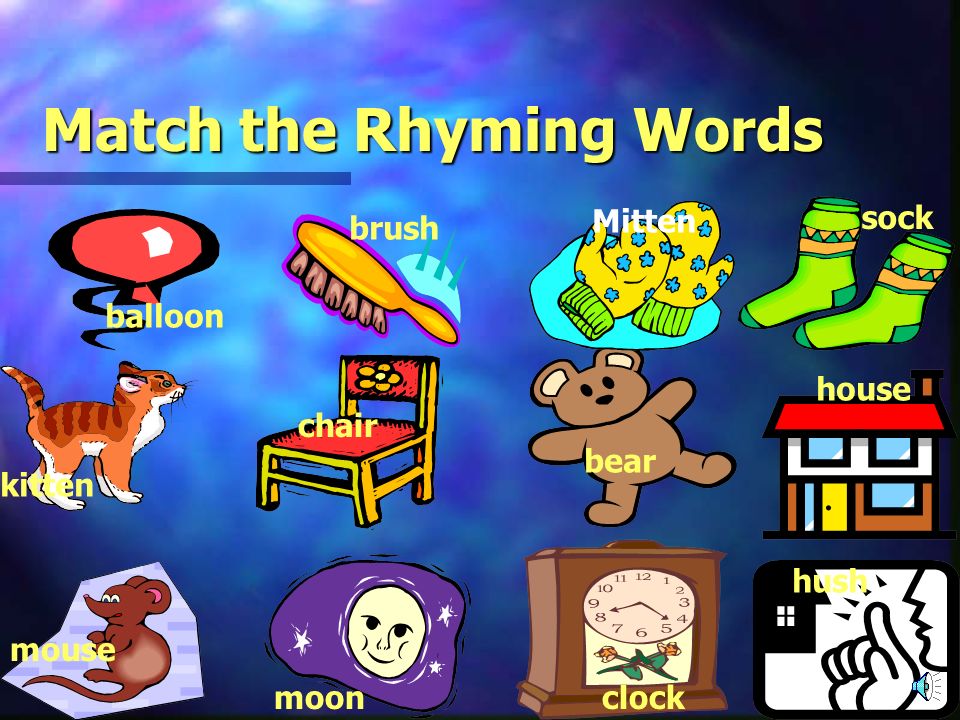 Bryusov. An example, albeit a banal one: slingers - riveters.
Bryusov. An example, albeit a banal one: slingers - riveters.
In the Russian system of versification, stress can be placed up to the ninth syllable from the end of a word. Such rhymes are not used anywhere, but the term for them still exists - superhyperdactylic clauses - this is how it is customary to call all types of rhymes that come after hyperdactylic ones.
The sound and feeling of rhyme
Since rhyme is primarily a musical phenomenon, it should be perceived only by ear. It is for this reason that a great poet has a good ear. This is already a somewhat in-depth understanding of consonance: so what is the difference between the above-described pair mute - yoke and from, say, a pair of snow - bliss ?
There is also a separate classification for the sound characteristics of rhyme. It is important to note that each example of consonance is incredibly individual. Words are difficult to categorize, and there can be quite a lot of controversial points when analyzing the sound of a rhyme in a certain poem.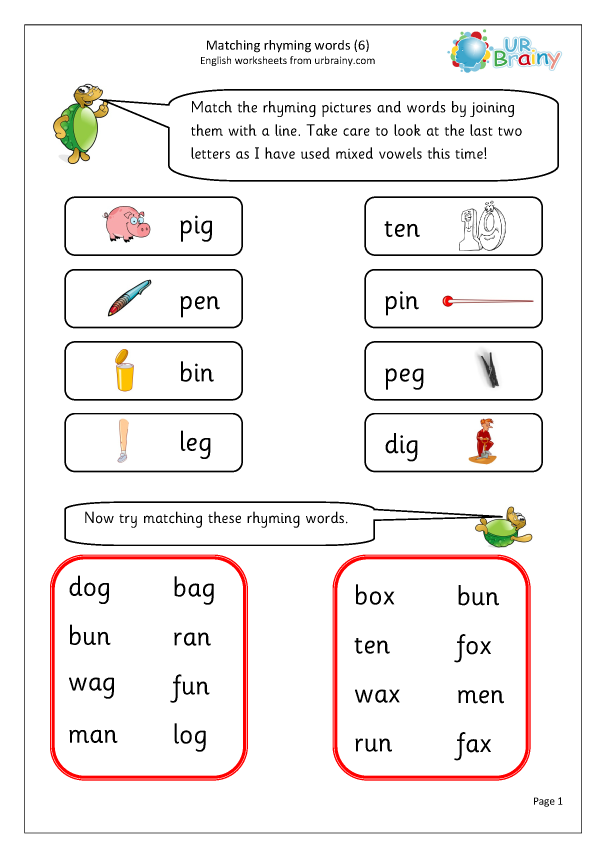
- Rich clause. Not only the stressed syllable matches, but also the syllables after and/or before it. The role of even consonant sounds is important here (namely, sounds, not letters, since the latter do not sound at all, but the first ones are perceived by ear): line - verst ; in this example, the sounds of the second word are diluted with the consonant "s", which is why this consonance can be called rich only due to the coincidence of both syllables. This group includes the second presented pair: snow - bliss.
- Poor clause. This group is characterized by the coincidence of only the stressed syllable. This includes the first pair: dumb - yoke and , since only the stressed syllable matches, and the syllables before and after it are expressed by different sounds. These clauses significantly increase the space for the author's stylistic and plot maneuvers, since such rhymes can be picked up much more than rich ones.
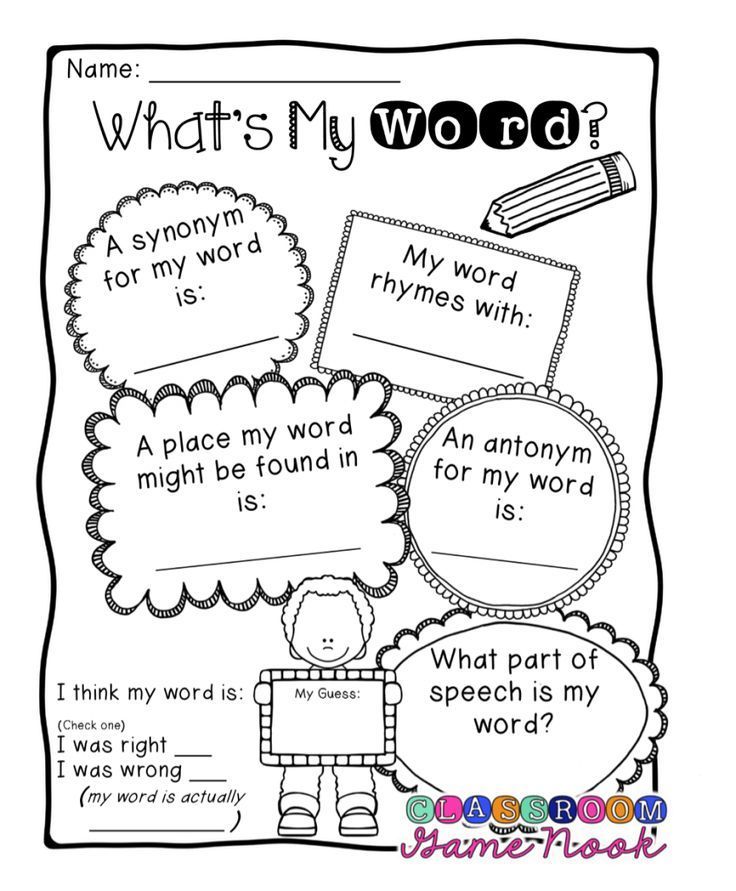 Another plus of this group of consonances is the originality of the sound of a well-chosen inaccurate rhyme, which is fresh for the ears of even a sophisticated reader and critic: aiming - Venezuela e (Mayakovsky).
Another plus of this group of consonances is the originality of the sound of a well-chosen inaccurate rhyme, which is fresh for the ears of even a sophisticated reader and critic: aiming - Venezuela e (Mayakovsky). - Exact consonance. A common type of sound in the 19th century. Rhymes with exact consonance should be as similar as possible to each other both in stressed syllables and in supporting ones. Most of the rich clauses are immediate and precise. Example: dollars - walked.
- Inaccurate consonance . This category of consonances began to supplant the exact rhymes that were the standard of versification of the 19th century, in the era of modernism in literature - in the 20th century. This group of clauses is especially vividly represented in the works of V. Mayakovsky (with his favorite compound rhymes): paper I am magic, the wick flies, the tariff is rhyme . With poor pronunciation or not very sensitive hearing, these consonances may not be noticed at all, but if the author skillfully uses inaccurate rhymes, then his poetry will be enriched with unusual sounds.
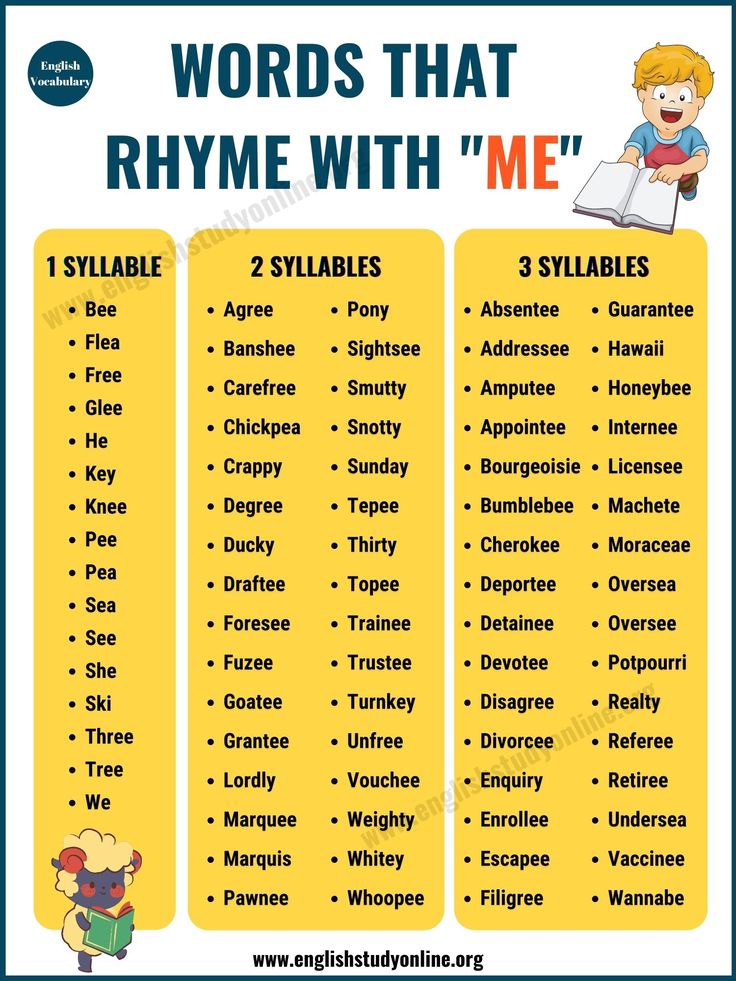
Clausal scheme and rhymes in solid forms
Surely every reader remembers at least some quatrains from the school literature curriculum. But far fewer of them know that the quatrain is a classic solid poetic form - a quatrain:
Staring deeply at the stone,
The artist saw the light in him,
And a flame ran through the veins,
And his heart flew to her.
(Baratynsky)
The clause scheme - which line rhymes with which - in the quatrain can be presented in three variations, which became the most common arrangement of consonances in the world poetry of the 19th-20th century.
- Cross rhyming. Scheme: abab (the same letters denote the same clause): stone - sight - flame - flew . This type of arrangement of clauses can be called the most popular among both beginner poets (because of the ease of compilation) and venerable authors (because of their adherence to classical forms).

- Paired rhyming. Schematic: aabb: stone - flame - sight - flew. The rarest type of arrangement of clauses from all three presented, since there is no distance between verses where one or more rhymes can be inserted. But for long verses (lines) this is the most suitable scheme.
- Encircling rhyme . Scheme: abba: stone - sight - flew - flame . This scheme requires the author to already have a certain level of skill and a good ear, since the first rhyme can be lost after two lines with a different clause, so the poet needs to say it out loud several times.
Onegin's stanza, also known to everyone from school, is also a solid poetic form. The solidity of the form lies in the fact that it has its own clausal scheme, and sometimes even requires the use of a certain meter (as with a classic Italian sonnet or Alexandrian verse). The Onegin stanza is subjected by the author to a strict arrangement of clauses, the scheme of which is as follows (It is customary to denote female rhymes in capital letters, male rhymes in lower case): AbAb CCdd EffE gg.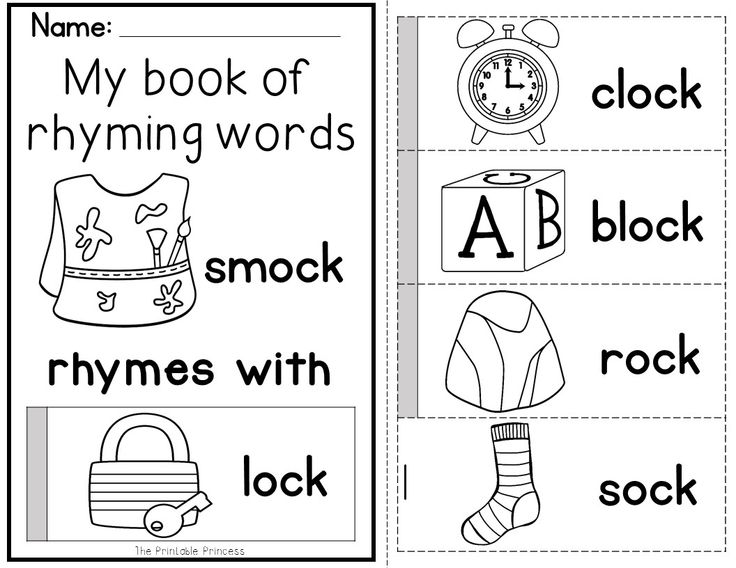
The poet, based on his experience, level of language proficiency and stylistic devices, poetic meters, tropes and figures of speech, can vary several types of rhymes even within the same work, without being confined within a certain fixed meter, and even come up with his own.
Some other types of rhyme
Having accumulated a wealth of both theoretical and practical knowledge about the main types of clauses and how to place them in a poem, the poet can improve his level of poetic language by starting to use the types of consonance described below.
- Compound rhymes. Such a favorite type of consonance by Vladimir Mayakovsky is deservedly considered one of the most original ways of rhyming, since it combines different parts of speech: for example, a particle and an adverb: molasses - again (Brodsky).
- Homonymous rhymes . For clauses, homonyms are used here - words with different meanings, but the same in pronunciation and spelling.
Example: (in the ears) rock - (in fate) rock.
- Punning rhyme. The same, but instead of homonyms - puns. Example: the girls went to the garden at night, / As if de Sade wrote from them.
- Internal rhyme. This is already a radically new type of consonance, since it is not a clause - it does not complete the line, but is located approximately in its middle. It is important that with such an arrangement of consonance, the size is correctly built, otherwise the poem can simply be broken at the place of internal rhyme into one more line. Example: over you, over a small river, / Over water, whose way is far... (Tvardovsky) In the example, the word "you" rhymes with "water".
- Double internal rhyme. In this variation of the above-described consonance, words in one line rhyme, and the clauses connecting different lines may be absent altogether, as in free verse or blank verse.
For example: The last time you are at your table, the last time you returned to the house, / The last time the wife carries the cake, 9 is reflected across the glass0266 (Eugene Rein). In this example, there is no clause as such. But in these lines (also Yevgeny Rein) both the inner rhyme and the clause are already present: The Savior in sandals and his robe curls under the dome, / The Savior who fed his contrite children.
- Echo rhyme . The line repeats some part of the clause of the line with which it rhymes, thereby creating an echo effect. For example: Hold on, Detroit of the world! / …Oh, you! (A. Bezymensky).
- Pantorhyme . One of the most spectacular types of consonance, in which not the final parts of the verse (clauses) rhyme, but any number of words between (and within) two or more lines. In other words, with such consonance, the lines contain both internal and clause rhymes, which can be arranged in an absolutely non-standardized order.
This rhyme is an element of combinatorial poetics and modernist trends in creativity, therefore, examples of pantorhyme cannot be found in classical works. However, it has become especially popular among rap artists, where you can find good examples: popped in for a visit, as to the south, but got stuck. / Let's keep quiet, since the language is volapuk, newspeak. (Volapyuk - rubbish; Newspeak - the official language of the ruling party in Orwell's novel "1984").
Tips for choosing rhymes
- It's better to avoid using verbs in clauses. Although Pushkin himself in "The House in Kolomna" went against this rule - he, however, is excusable, but the work of a novice author with verbal consonances can be considered bad taste.
- Experiments with inaccurate, poor, compound, internal, and pantorhythms are best begun after some experience has been gained in the use of classical shapes, sizes, and clauses.
- For the correct selection of rhymes, the poet needs to say everything written aloud - not necessarily in public.

